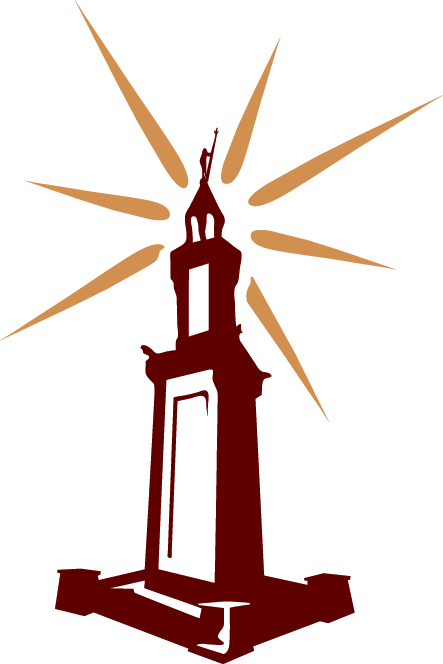3. The End(s) of the Odyssey
The End(s) of the Odyssey Regarding the Odyssey’s three main narrative sequences, then, I have argued that Zeus provides a kind of blueprint for the Telemachia and Mnesterophonia with his Oresteia, and that he orchestrates the Nostos overtly. The latter sequence, as discussed in the previous chapter, comes under Zeus’ control in Book 5, when Athene appears unable to implement the plan she has formulated for Odysseus’… Read more
